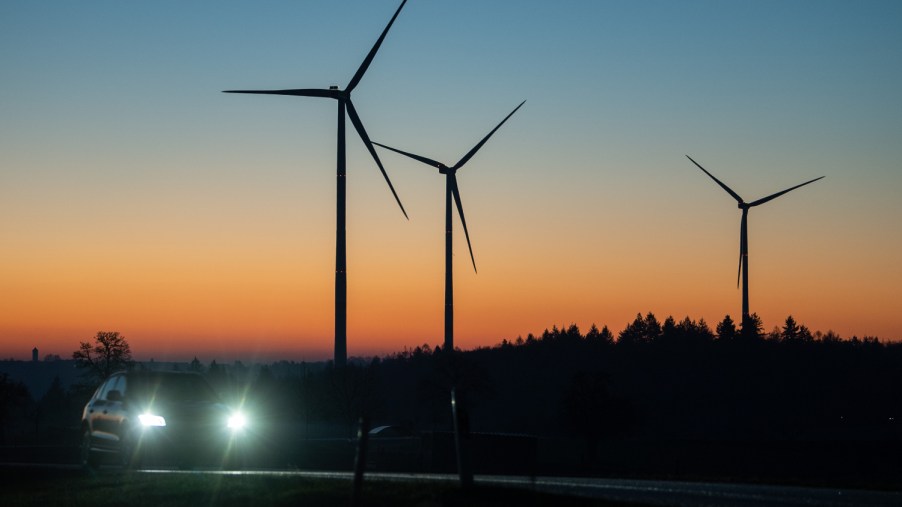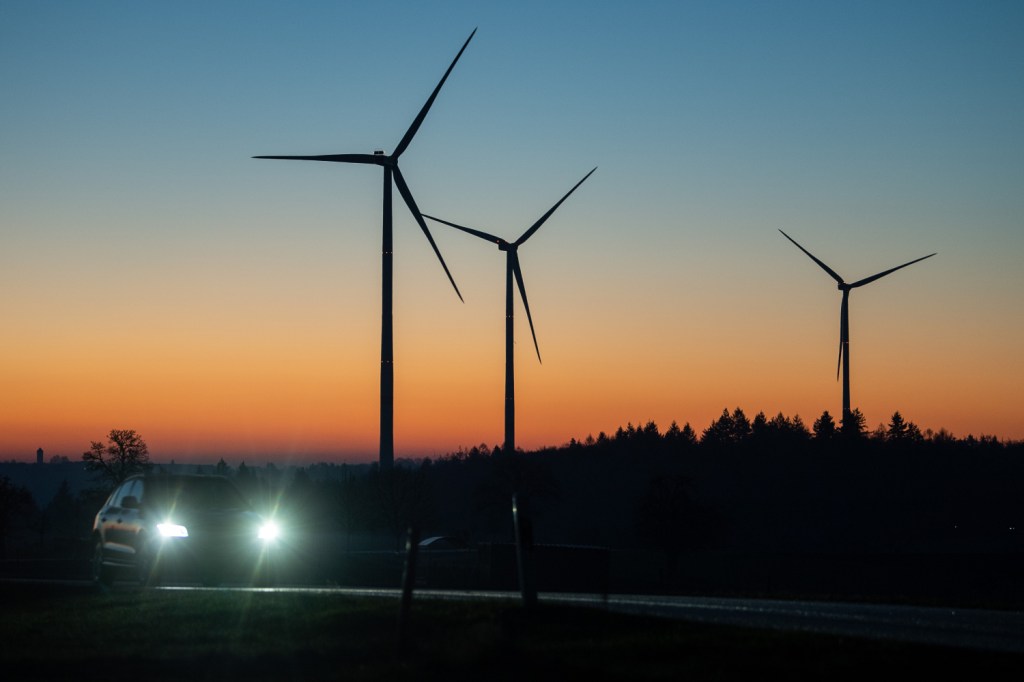
How Extreme Weather Impacts Electric Vehicles
Many families are making the switch to electric vehicles for a variety of reasons. Depending on where you live, using electricity to charge a vehicle could offset annual fuel costs. However, living in an area with extreme weather might negatively impact the benefits of the EV.
How does extreme weather affect electric cars?

According to the U.S. Department of Energy, weather can impact how well your electric vehicle runs. It impacts the range of the EV and can make it unpredictable.
“Extreme weather – very hot or very cold – impacts range in EVs. The additional heating or cooling needed for passenger comfort requires more energy than more moderate temperatures would. Cold batteries also have greater resistance to charging and do not hold a charge as well.”
U.S. Department of Energy,
Researchers at the Idaho National Laboratory studied almost 10 million miles of data that the EV Project collected. The project concluded that weather could impact the range of plug-in electric vehicles by up to 25%.
For example, all-electric Nissan Leaf vehicles in Chicago during winter lost 26% of the range compared to those driven in Seattle during fall. It dropped from 81 miles to 60 miles. Chevy Volts driven in the Chicago area in winter lost 29% of the range than those driven in Chicago in the spring. It fell from 42 miles to 30 miles.
If you live in a place that experiences extreme weather, it is a good idea to take this into consideration.
How to maximize your EV range
The Department of Energy has a few tips for those trying to maximize the range of an electric vehicle. The first step is to read the owner’s manual. Since vehicles are different across the board, reading the owner’s manual might give extra insight.
If possible, cut down on the use of “accessories.” This means air conditioning, heating systems, and entertainment systems. It is also a good idea to forgo carrying heavy cargo, both on the roof and inside the cargo area.
Oftentimes, EVs will come with an economy mode that can help maximize range. It was also suggested that pre-heating or cooling the EV before a trip might help. If the cabin is warmed or cooled prior to unplugging, it will preserve energy.
Hard braking and faster speeds use more energy. Regenerative braking helps recover energy from the forward motion of the vehicle, which helps conserve energy. Going over 50 miles per hour can also use extra energy.
The Office of Energy Efficiency and Renewable Energy says, “Non-engine losses such as wind resistance and drag, braking, and rolling resistance can account for up to a 45% decrease in efficiency for heavy-duty vehicles.” Heavy-duty vehicles do not make up most electric vehicles on the road, but it is an interesting statistic.
The good news is that range is improving overall
Things are improving every day. EV automakers are working on ways to make ranges increase. According Office of Energy Efficiency and Renewable Energy, in 2011, there were three different all-electric vehicle models. With a full charge, the range of these vehicles was between 63 and 94 miles.
By the time 2018 rolled around, the amount of all-electric vehicle models increased to 14. For the 2018 Smart Fortwo Electric Drive Coupe, the range was 58 miles. The Tesla Model S 100D had a maximum of 335 miles. The median range for an electric vehicle increased by 52 miles, from 73 to 125 miles.
In 2021, those changes are happening even more rapidly. So while weather impacts EV range, automakers are working on it.



